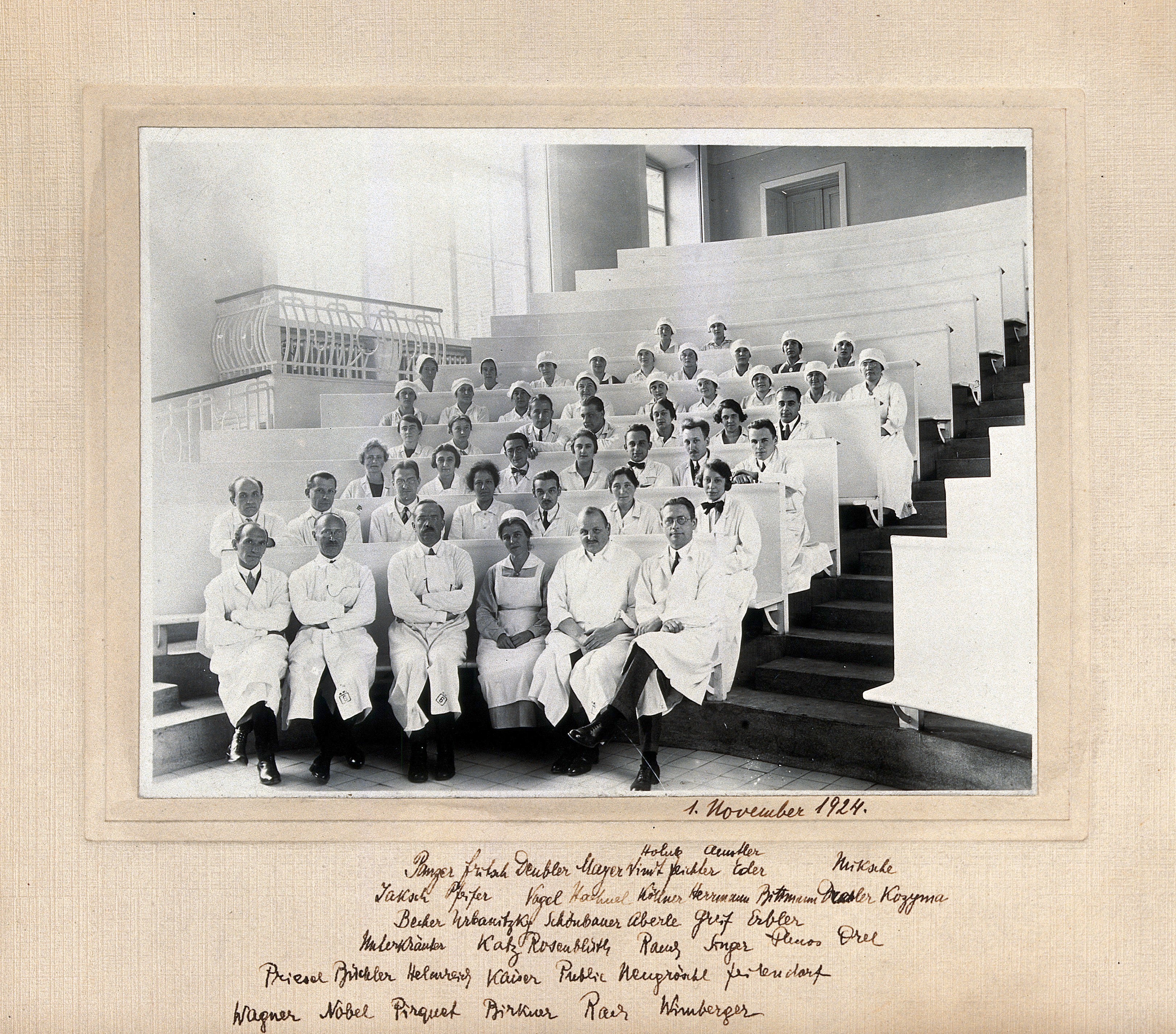First International Sanitary Conference (1851)

A wood engraving on passengers on a ship undergoing quarantine examination during the Egyptian cholera epidemic of 1883.
Source: Wellcome Collection via CC BY 4.0
Doctors and diplomats from twelve European countries gathered in Paris in 1851 for the first International Sanitary Conference, in which they discussed quarantine procedures for trade ships suspected of carrying cholera. The conference marked a milestone for countries cooperating on cross-border health issues.
International Sanitary Bureau

The Willard Hotel in Washington, D.C., where the International Sanitary Bureau was founded on December 2, 1902.
Source: Pan American Health Organization
In 1902, U.S. President Theodore Roosevelt helped found the International Sanitary Bureau. Atop the organization’s agenda was fighting epidemics like yellow fever. The International Sanitary Bureau is now called the Pan American Health Organization (PAHO), which serves as a regional office for the World Health Organization and is one of the world’s oldest continuously functioning international organizations.
L’Office International d’Hygiene Publique (1907)

The Permanent Committee of the Office International d’Hygiène Publique at its session in Paris in May 1933.
Source: World Health Organization
In 1907, the French government founded the first international organization for disease cooperation—L’Office International d’Hygiene Publique (OIHP). Unlike previous conferences and health organizations, the OIHP expanded beyond cholera containment to address a wide range of public health issues.
Health Organization of the League of Nations (1919)

Members of the Health Section, a body of the Health Organization of the League of Nations, in Vienna on November 1, 1924.
Source: Wellcome Collection via CC BY 4.0
The League of Nations emerged after World War I, intending to promote international cooperation on global security, trade, and public health. Among other initiatives, it sought to bring all regional and international public health institutions under one office: the Health Organization of the League of Nations (HOLN). However, the HOLN failed to achieve its mission given that many countries, like the United States, did not join the League of Nations.
UN Conference on International Organization (1945)

The United States signs the UN Charter at a ceremony in San Francisco on June 26, 1945.
Source: UN Photo
After World War II, countries sought ways to ensure the world never again devolved into such horrific conflict, resulting in the creation of the United Nations. Like its predecessor, the United Nations sought to create a single global health authority. The result was the World Health Organization, which absorbed the HOLN, OIHP, and PAHO.